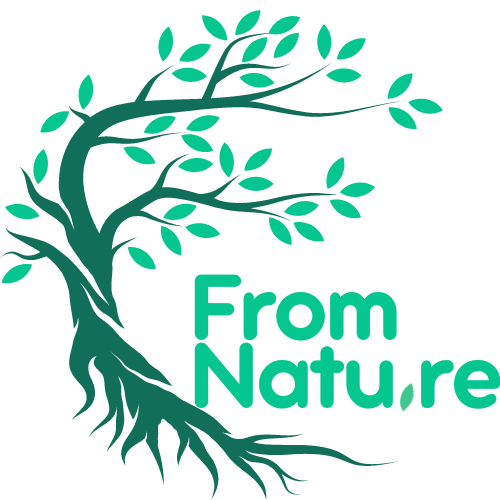Latin name
Cinnamomum aromaticum ou cassia
Origin
China.
Used part
Bark.
Active components
Essential oil (cinnamaldehyde): stimulates the appetite and digestion and has a carminative and spasmolytic effect. It is also antibacterial, antiviral and antifungal.
Tannins (OPC): have an antioxidant and glucose-lowering action.
Usage
Cinnamon is a warming spice, well known in oriental cuisine, but it has also been used for thousands of years in traditional phytotherapy. Cinnamon-based preparations are used to treat anorexia, bloating, nausea, dyspepsia, colic and intestinal cramps. Thanks to its antiseptic properties, it is also used as an ingredient in toothpaste. Essential oil is used in certain perfumes and liqueurs. Cinnamon stimulates the appetite, improves the digestion of fats and is involved in carbohydrate metabolism. It contributes to digestive comfort. 1-6 It has stimulating properties that contribute to resistance to mental and physical fatigue

